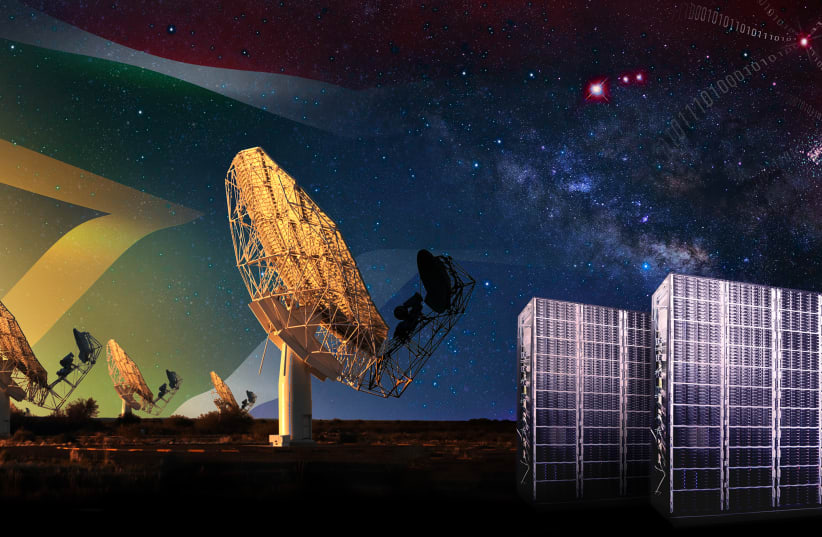The search for alien life throughout the universe has just gotten bigger as the Breakthrough Listen project, backed by Israeli billionaire Yuri Milner, is set to make use of the MeerKAT radio telescope to expand its reach 1,000-fold for finding signs of life.
The announcement was made late last week at a conference in South Africa organized by the South African Radio Astronomy Observatory (SARAO).
Breakthrough Listen is one of the projects of the Breakthrough Initiatives and is a leading mainstream scientific initiative for the Search for Extraterrestrial Intelligence (SETI).
How will the Breakthrough Listen project try to find intelligent life among the stars?
Currently, the scientists at Breakthrough Listen have been looking for radio signals that could indicate the presence of intelligent alien civilizations. This was done through the use of observational tools like the American Green Bank Telescope (GBT) and the Australian Parkes Telescope, among many others.
However, MeerKAT, stationed in South Africa's Karoo region, is a bit more sophisticated, with its 64-dish array able to cover 50 times more ground - or rather, sky - than the GBT.
"Such a large field of view typically contains many stars that are interesting technosigniture targets," explained Breakthrough Listen principal investigator Dr. Andrew Siemion. "Our new supercomputer enables us to combine signals from the 64 dishes to get high-resolution scans of these targets with excellent sensitivity, all without impacting the research of other astronomers who are using the array."
The wide range of dishes also gives the Breakthrough Listen scientists another edge: They'll be better at ruling out any human-made signals like from satellites that could be interfering.
"It will take us just two years to search over one million nearby stars," said Breakthrough Listen's MeerKAT project scientist Dr. Cherry Ng. "MeerKAT will provide us with the ability to detect a transmitter akin to Earth’s brightest radio beacons out to a distance of 250 light years in our routine observing mode."
Already, the Breakthrough Listen team has figured out what one of their first targets will be, and it will be very close to home.
"One of the first targets we'll be observing is our nearest neighbor star, Proxima Centauri, which appears to host two small rocky planets in the star's habitable zone."
Dr. S. Pete Worden
"One of the first targets we'll be observing is our nearest neighbor star, Proxima Centauri, which appears to host two small rocky planets in the star's habitable zone," said Breakthrough Initiatives executive director, Dr. S. Pete Worden.
"Routine observations with the Listen backend on MeerKAT are now underway, and the team looks forward to sharing the first science results in the coming months."
This isn't the first time the Breakthrough Initiatives have expressed interest in this planet either.
Last year, Breakthrough Initiatives project Breakthrough Watch announced they would launch another mission to monitor Proxima Centauri.
Dubbed TOLIMAN, the name is an acronym for Telescope for Orbit Locus Interferometric Monitoring of our Astronomical Neighborhood, but is also derived from the old Arabic name for Alpha Centauri.
This highlights the considerable scientific interest in our solar system's closest neighbor, but what discoveries await there remain to be seen.

